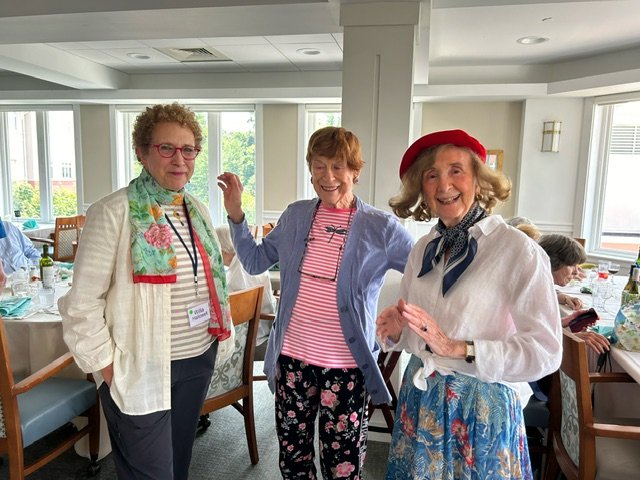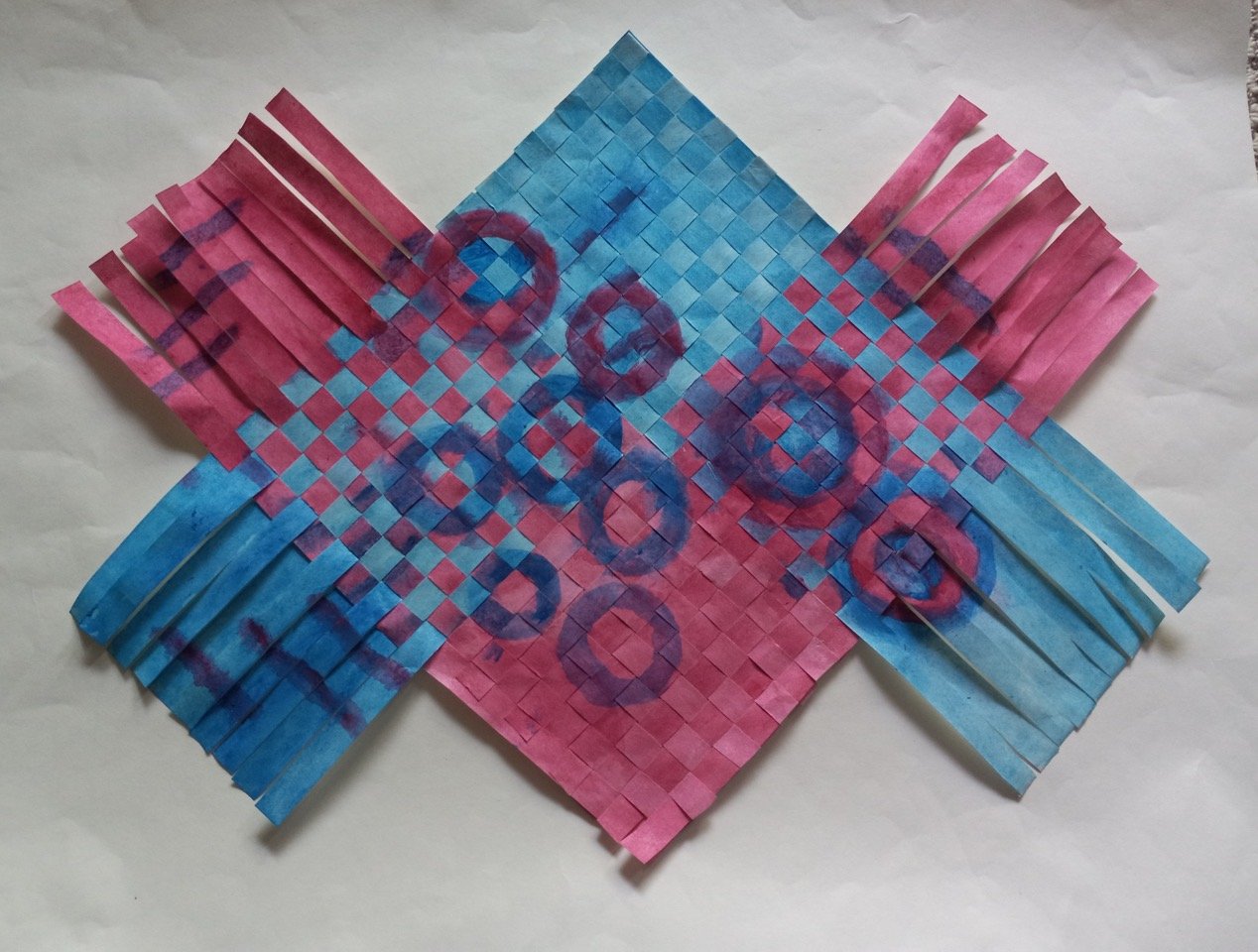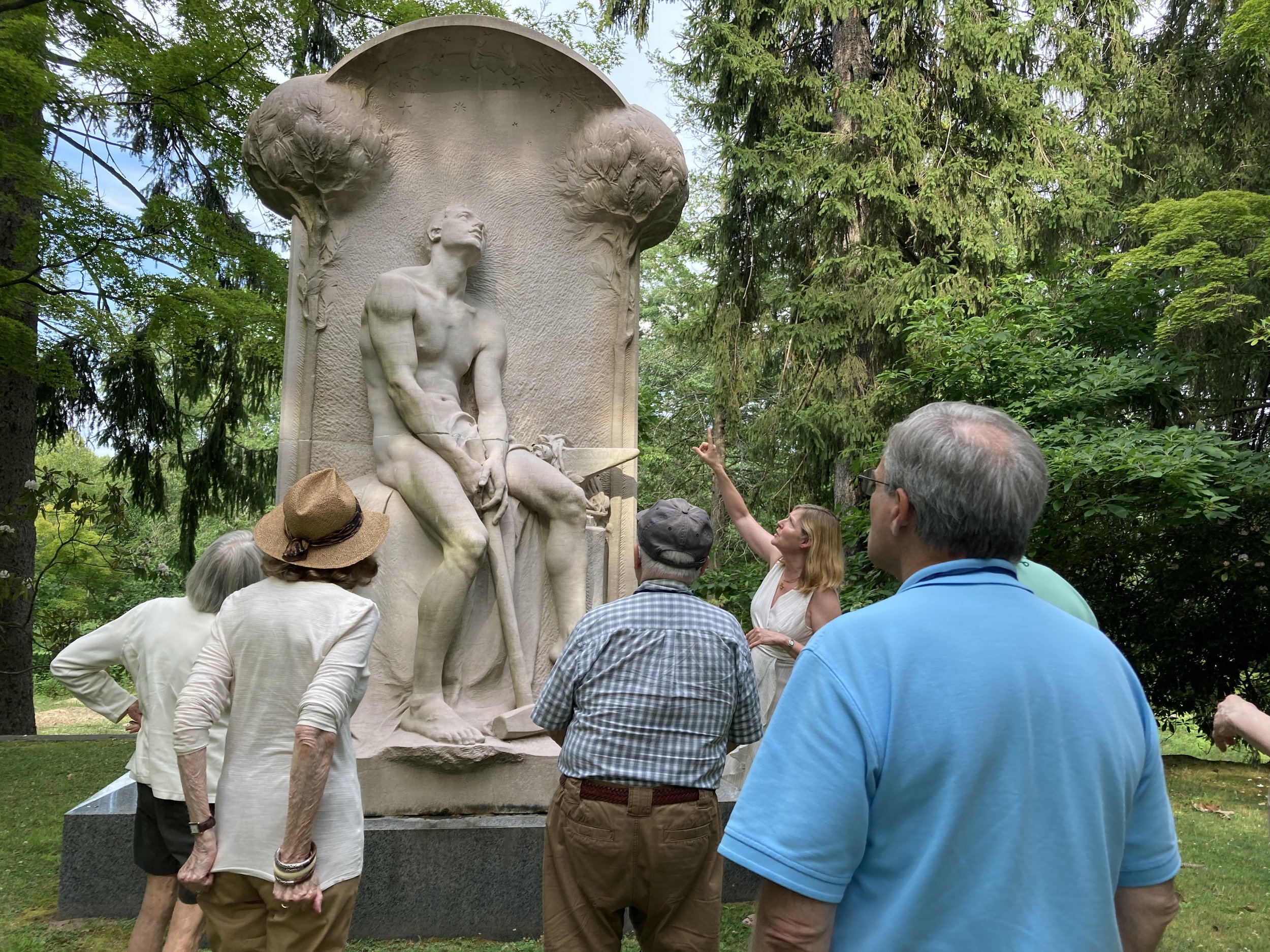Brooks Brothers
Brooks Brothers is the world's oldest clothing retailer. It's been in business since 1818, when Henry Sands Brooks opened H. & D.H. Brooks & Co. on the northeast corner of Catherine and Cherry Streets on the Lower East Side. He eventually turned the business over to his four sons, who changed the name and expanded. Among Brooks Brothers's innovations are the ready-to-wear suit, the first American button-down polo, and bringing the U.S. market the Shetland sweater, the Harris tweed, madras, argyle socks, and summer suits. The business managed to stay in family hands for more than a century, until 1946.
Televised Sports
Globally, televised sports are prominent in many cultures and account for a $60 billion dollar market. The beginnings trace back to the north end of Manhattan and Baker Field. Columbia University's home turf was the site of the first televised sporting event, on May 17, 1939, when Princeton traveled to Columbia for a baseball game. The National Broadcasting Company beamed the game out to the 400 or so sets that could receive the signal. They were happy enough with the results to try a pro game a few months later. Brooklyn was the location for that one, as the Reds took on the Dodgers at Ebbets Field on August 26th, 1939. It was the first pro sporting event to ever be televised.
Ralph Lauren Corporation
Ralph Lauren does about $6 billion in annual sales and employs 20,000 people around the world. Despite its preppy name, like so many American icons it began with a child of immigrants, in this case from the Bronx. (Ralph Lauren was born Ralph Lifshitz but changed his last name when he was 16, following his brothers, who also experienced bullying from it.) Lauren got his start with Brooks Brothers, as a tie designer, which helped him hone his classic American style. His company was founded in 1967 and remains headquartered in New York City.
Source: “Made In NYC,” by Ethan Wolff, March 2024, City Guide New York
Contributed by Bobbie Roggemann
Stay tuned for more! To be continued . . .












































































